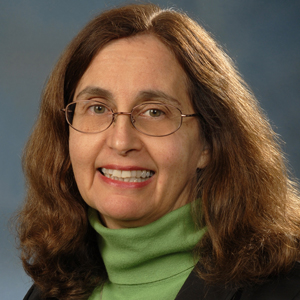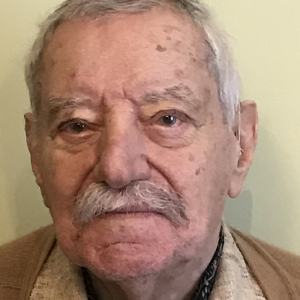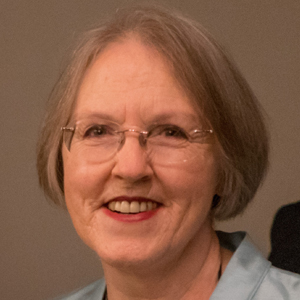Part 2: ‘Aha moments’ essay contest honorable mentions
To celebrate our three journals going open access, we invited readers to share their moments of discovery in science. Here are three honorable mentions.
The right experiment
By Iris Lindberg
There are only very few moments in experimental science when one realizes that all of the parts to the puzzle have fallen neatly into place. One tests hypothesis after hypothesis — but nothing clicks. It is as if phenomena occur by magic rather than by any orderly process.

I knew that overexpression of the enzyme precursor proPC1/3 in CHO cells resulted in the robust secretion of active enzyme, but expression of the related enzyme precursor proPC2 resulted only in the secretion of catalytically dead enzyme — even at the pH known to cause intramolecular autoactivation.
I did know that proPC2 had a binding protein, 7B2, and bound cofactor proteins can be key to activating enzyme precursors. But time after time, no matter how many conditions were tried, adding recombinant 7B2 to secreted dead proPC2 did nothing to generate active enzyme.
The only way we could obtain any active PC2 at all was to immunoprecipitate it from the conditioned medium of a pancreatic cell line.
Finally, I decided to look at the problem as the cell would: by co-expressing 7B2 in our proPC2-overexpressing cell line. The next day, a short enzyme assay resulted in the rare eureka: I saw abundant PC2 enzyme activity in medium from proPC2 cells co-expressing 7B2!
The aha moment: I suddenly realized that proPC2, while still being efficiently secreted, must undergo a denaturing event during transport through the cell. It turned out that binding 7B2 blocks the deadly aggregation of proPC2 and permits it to retain an activatable form.
Finally, I realized that instead of facilitating a positive process, such as enzyme activation, 7B2 blocked a negative event: spontaneous misfolding. This is very unusual within the secretory pathway, where misfolded proteins generally are degraded rather than efficiently secreted. But once the right experiment was done, the pieces fell into place.
The first to know
By Guy Hervé
At 3 o'clock in the morning, locked into the small black room in the basement of the biology building of the nightly deserted Saclay Nuclear Research Centre in Paris, lighted only by a small red lamp, I was waiting for the development of an autoradiograph that was going to tell me if a modified aminoacyl–tRNA that I had deaminated was able to initiate protein biosynthesis by a bacterial ribosomal system, thus indicating that the initiation of protein biosynthesis does not involve the N terminus.
In the darkness and solitude of this peculiar environment and atmosphere, I was suddenly assaulted by the strange feeling that, although the result I was expecting was a very small piece of knowledge, I was going to be the first one to know it in the history of the universe.
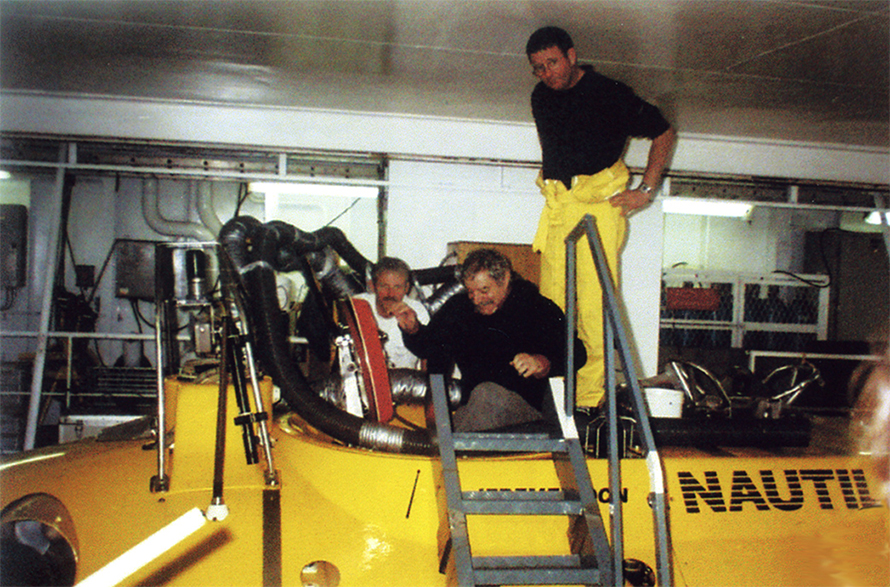
Prepared mind leads to life-saving medical advice
By Rona R. Ramsay
The neural activity ahead of an aha moment was evident in a hypothesis from the psychiatrist Ken Gillman regarding the nature of the potentially fatal drug interaction called serotonin toxicity, which had caused unexplained deaths over the previous decades.
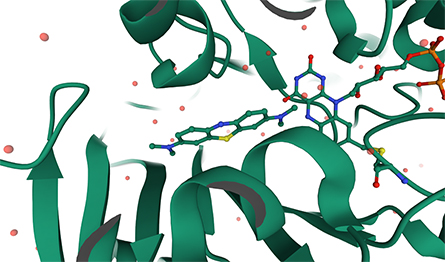
to the flavin–adenine dinucleotide (right).
His understanding of pharmacology and intellectual curiosity about serotonin toxicity mechanisms prepared his mind with an understanding of how drugs affecting the monoamine system of the brain interacted. This included the interactions and effects, both clinical and experimental, of monoamine oxidase, or MAO, inhibitors on serotonin levels in the brain. An anomalous report of serotonin toxicity after surgery where methylene blue, or MB, was used led him to suppose that MB had unrecognised monoamine oxidase inhibitory properties.
To substantiate a biochemical cause–effect relationship, Ken contacted me in November 2006 and made a case for testing his theory. I found literature indicating a Ki value of 5 millimolar for MB against the MAO-B found in glial cells and serotonin neurons, but nothing on the serotonin-metabolizing enzyme MAO-A found in all the other neurons as well as glial cells.
My student tested it and quickly found that MB was indeed a tight-binding inhibitor of MAO-A with a Ki value of 27 nanomolar. Furthermore, spectral experiments showed that MB could both donate and accept electrons from MAO-A, indicating a close active-site association.
Subsequent drug discovery work by others found that many common compounds sharing the structure had additional influences in the brain.
After our joint publication in 2007 and Ken's efforts to spread the word via publications, website and networking, medical advice on the use of MB was changed to avoid its use in patients on antidepressants to prevent the elevation of brain serotonin to toxic levels.
Enjoy reading ASBMB Today?
Become a member to receive the print edition four times a year and the digital edition monthly.
Learn moreGet the latest from ASBMB Today
Enter your email address, and we’ll send you a weekly email with recent articles, interviews and more.
Latest in Opinions
Opinions highlights or most popular articles

The tortoise wins: How slowing down saved my Ph.D.
Graduate student Amy Bounds reflects on how slowing down in the lab not only improved her relationship with work but also made her a more productive scientist.

How pediatric cataracts shaped my scientific journey
Undergraduate student Grace Jones shares how she transformed her childhood cataract diagnosis into a scientific purpose. She explores how biochemistry can bring a clearer vision to others, and how personal history can shape discovery.

Debugging my code and teaching with ChatGPT
AI tools like ChatGPT have changed the way an assistant professor teaches and does research. But, he asserts that real growth still comes from struggle, and educators must help students use AI wisely — as scaffolds, not shortcuts.

AI in the lab: The power of smarter questions
An assistant professor discusses AI's evolution from a buzzword to a trusted research partner. It helps streamline reviews, troubleshoot code, save time and spark ideas, but its success relies on combining AI with expertise and critical thinking.

How AlphaFold transformed my classroom into a research lab
A high school science teacher reflects on how AI-integrated technologies help her students ponder realistic research questions with hands-on learning.

Writing with AI turns chaos into clarity
Associate professor shares how generative AI, used as a creative whiteboard, helps scientists refine ideas, structure complexity and sharpen clarity — transforming the messy process of discovery into compelling science writing.

